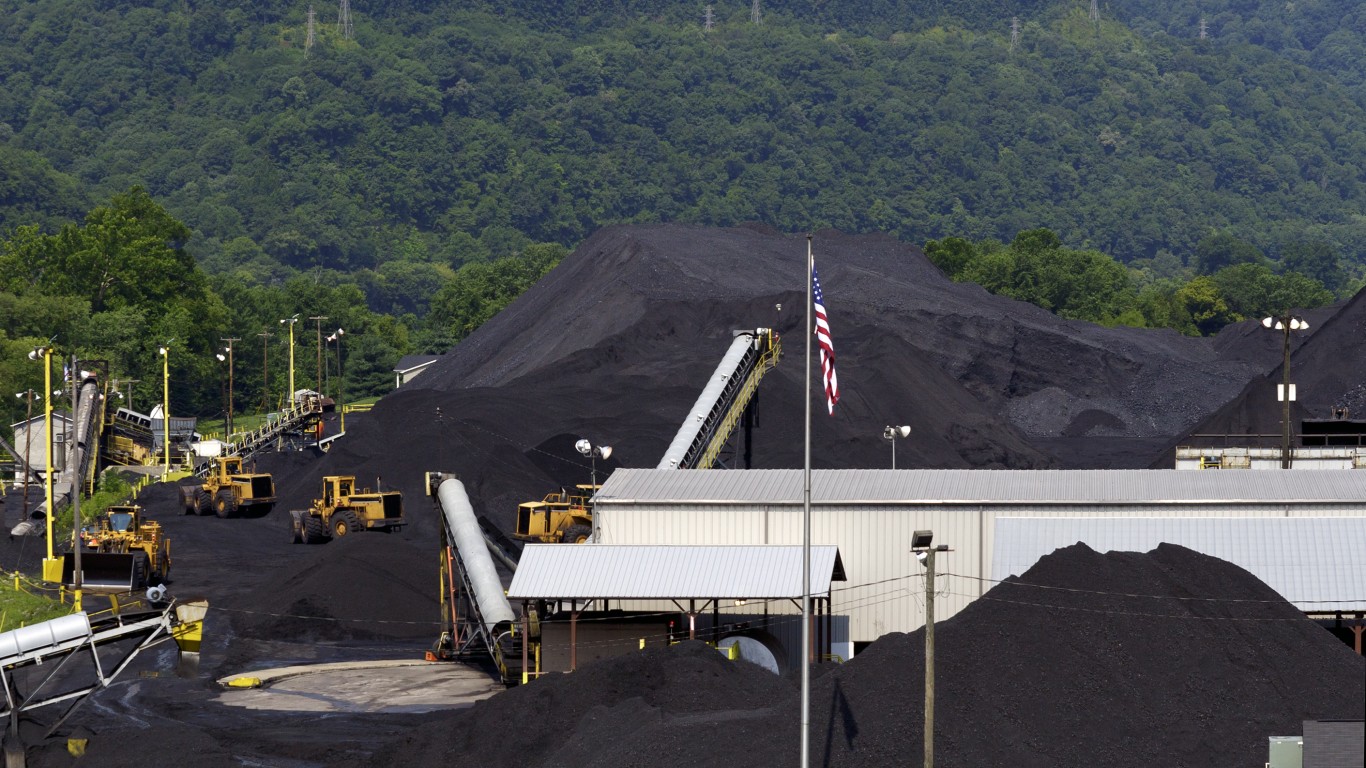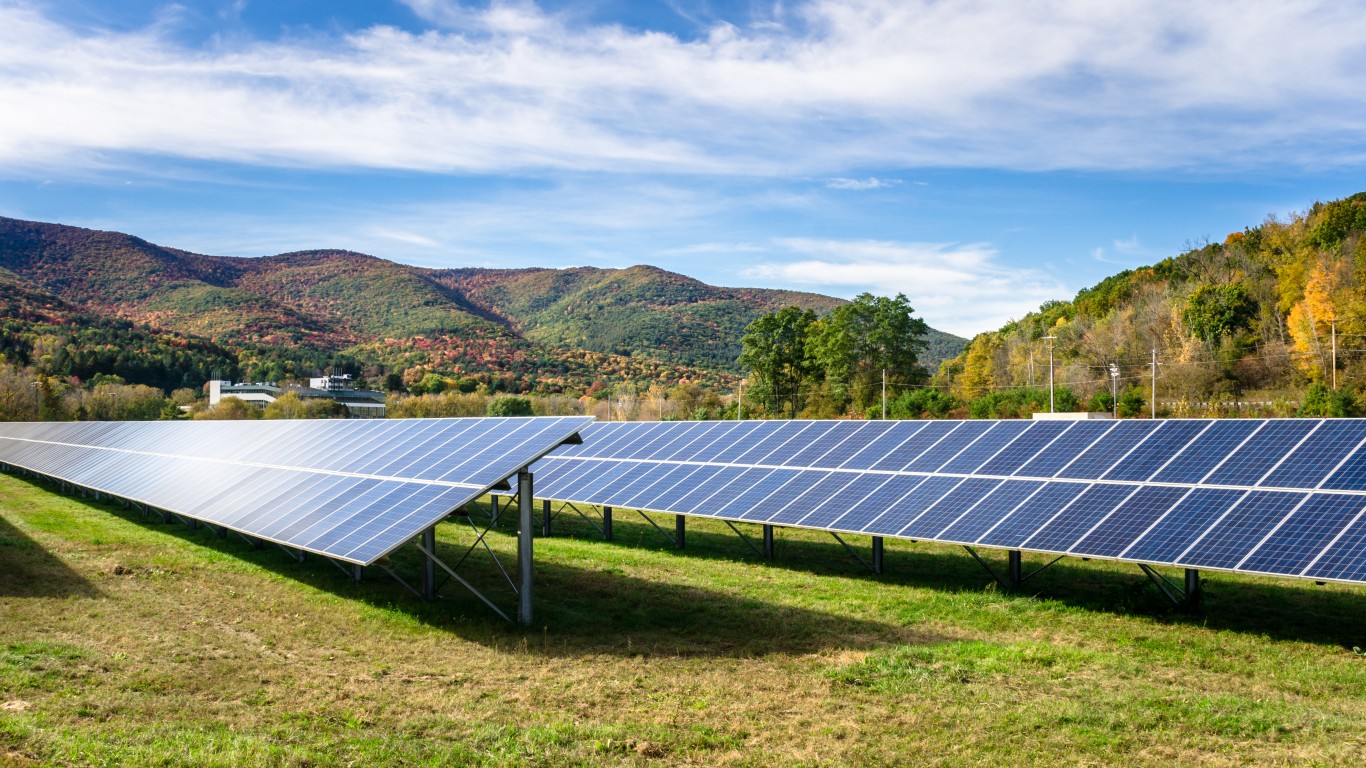Gasoline prices continue to decline very sharply. Over the past month, they are down another 5%, and soon will fall below $3.50. If low gas prices tend to help the economy, gross domestic product (GDP) should get a boost this quarter.
The AAA Fuel Gauge put the price of a gallon of regular nationwide at $3.512 yesterday, down from $3.692 a month ago, as well as from $3.899 a year ago. Other than Hawaii, where the price for regular is $4.385, not a single state has an average price above the $4 level. And $4 often is seen as the mark at which the media and economists say the cost will undermine consumer and business activity, regardless whether that is exactly true.
Oil prices are not a perfect predictor of gasoline prices because, among other things, of the roles of refinery and transport. However, oil is by far the largest contributor to the price. And oil prices continue to fall rapidly. The price of crude sits just below $86, down from a 52-week high of $106, as well as $95 just five days ago. The irony of the price drop is that it is based largely on a drop in global demand, due to the slowing of major economies. In the meantime, the drop will stimulate American GDP.
Among the signs that the U.S. economy has started a robust recovery are the return of demand for homes and for cars, and a moderate improvement in the jobs situation. Only yesterday, the Fed reported about the growth in economic activity:
Reports from the twelve Federal Reserve Districts suggest overall economic activity expanded at a moderate pace during the reporting period from late February to early April. Activity in the Cleveland, Richmond, St. Louis, Minneapolis, and Kansas City Districts was characterized as growing at a moderate pace, while the Boston, Philadelphia, Atlanta, Chicago, and San Francisco Districts noted modest growth. The New York and Dallas Districts indicated that the pace of expansion accelerated slightly since the previous Beige Book.
That data was collected on or before April 5, before the big sell-off in crude.
Gasoline prices may be the hidden driver of a GDP rebound in the second quarter. If so, it was not something that was expected, but who cares?
The Average American Is Losing Their Savings Every Day (Sponsor)
If you’re like many Americans and keep your money ‘safe’ in a checking or savings account, think again. The average yield on a savings account is a paltry .4% today, and inflation is much higher. Checking accounts are even worse.
Every day you don’t move to a high-yield savings account that beats inflation, you lose more and more value.
But there is good news. To win qualified customers, some accounts are paying 9-10x this national average. That’s an incredible way to keep your money safe, and get paid at the same time. Our top pick for high yield savings accounts includes other one time cash bonuses, and is FDIC insured.
Click here to see how much more you could be earning on your savings today. It takes just a few minutes and your money could be working for you.
Thank you for reading! Have some feedback for us?
Contact the 24/7 Wall St. editorial team.



